A simple modification and two devices to make a basic kayak more fishing-friendly.
Author: Gene Bourque

I own two kayaks and both are used for fishing. Unfortunately, they are “recreational” models (Old Town Loon 120, Eddyline Sandpiper) and to make them accommodate fishing rods and basic gear associated with fishing I had to make a few small modifications. The reason I went with these models was quite basic: true “fishing kayaks” with multiple rod holders, storage compartments and other features are all just too heavy, for me anyway! I fish the marshes and beaches of Cape Cod and I’ll often have to carry or drag my kayak quite a distance to launch and weight is definitely a big consideration.
The first modification on the Loon was quite simple. I just added another length of light bungee cord, similar to what is used to secure the paddle when not in use on the opposite side of the cockpit. This involved purchasing two small plastic half-loops with screw holes on each end which I tie the bungee cord to, and two plastic hooks (also with screw holes on each end) that I attached about 6 inches up and in from the half loops. Then it was just a matter of placing my rod next to me on the deck, bringing the bungee over the rod and attaching it to the hooks. The rod was then held securely but also could easily be disengaged from the bungee to cast toward breaking fish.
I used stainless steel nuts and bolts to secure the hooks and loops. Eight small holes had to be drilled through the deck but I figured that was a small price to pay for having the rod close at hand. There are rod holders available that clamp onto the edge of the cockpit but I could not find one that I felt safe placing my rod in – they were all wobbly and were impossible to clamp down securely. I could imagine my very expensive rod and reel disappearing over the side when one of those things let go! The total cost for the hooks, loops, bungee and stainless bolts, washers and nuts was less than $10 and all items were easily found at my local marine supply store.

The Loon is made of a relatively soft plastic with a sandwiched foam core and being quite thick it easily supported that hardware. With the Eddyline there was a problem. That kayak is constructed of a different type of plastic polymer that is much thinner than the stuff used to make the Loon and I was reluctant to trust the thinner, lighter material to support that hardware without cracking. Fortunately I was able to find a removable seat and back pad that included two rod holders on the back. When placed on the seat of the Eddyline with the rod holders between the back of the existing seat and the hull I could easily carry my rod and even troll with it, although I don’t recommend that because the act of reaching behind to remove the rod with a fish on could easily capsize the kayak. In any case, not only did the pad provide a place to at least transport my rod, it gave my back and bottom more support and comfort. And being easily removable it didn’t add any weight when it was time to carry my craft. The cost was about $100 but it was well worth it.

Many of the marshes and estuaries I fish are best fished from shore and my kayaks allow me to get to edges and places that would impossible to access any other way. I look for a place where it’s possible to get out and drag the kayak up onto the marsh, then proceed to walk along the edges and cast to stripers that cruise along those edges. But very quickly I was confronted with a serious issue: how to secure my kayak when the tide rose over the edge of the marsh and began flooding the area. First I tried a small anchor but that was unwieldy and took up too much room in the cockpit. Then I remembered a device I’d seen in a hardware store, a steel “corkscrew” with a rotating closed loop on the top designed to hold a dog run. Knowing how easy it would be to screw one of those things into the soft surface of the marshes I bought one and it has served very well. Screwing it in and then running a piece of ¼” line from the loop to the carrying handle on the bow of my kayak secured my boat as well as any anchor; it could easily be carried along with a 10-yard piece of line in the cockpit and weighed less than a pound. Total cost for this neat little device and the line was less than $10. You could also use it on a beach or any place with a relatively soft surface. If you’re going to get out of your kayak and fish some distance away, invest in a dog run corkscrew. Watching your empty kayak float away with the dropping tide could ruin your whole day!

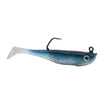
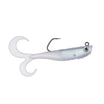
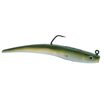
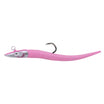
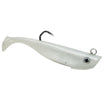
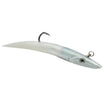

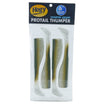
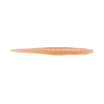
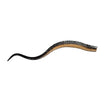
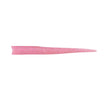
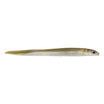
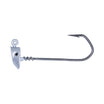
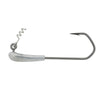
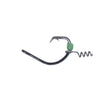



Leave a comment
All comments are moderated before being published.
This site is protected by reCAPTCHA and the Google Privacy Policy and Terms of Service apply.